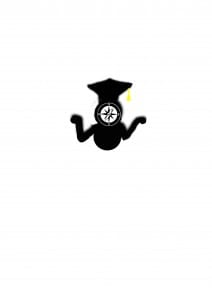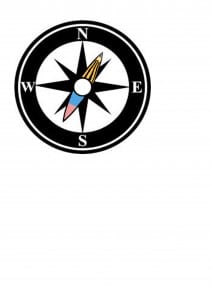Education
noun
1. the process of receiving or giving systematic instruction, especially at a school or university.
Digital intervention is becoming increasingly popular within schools, colleges and universities. With media platforms now helping and enabling both students and teachers to a better overall experience whilst in education it is certainly noted that digital media has rocketed within the past 20 years. Now seeing children with smart phones and classrooms filled with top of the range computers and interactive whiteboards, how else are we able to help or improve not only the teachers but pupils experience in education more?

From personal experience I have found that is that whilst being in lectures the way of receiving attendance is to attend and then sign your name on a sheet of paper. A very long winded process that usually ends up in you not getting passed the sheet and then having to waste time at the end to sign in. However, this paper process just gives people the incentive to not turn up and to ask their friends to sign their name. My proposition is an electronic box that sits on the inside of each lecture room near the door. This box works in a way that once holding your barcoded student card against the box inside the lecture room then attendance has been taken. Understandably others may argue that again this would be an unsuccessful way of keeping attendance. However, if the students were to scan their card after the lecture has finished on the way out then the Lecturer for that day can see each pupil scan their card one by one on the way out to ensure that attendance is kept well tracked.
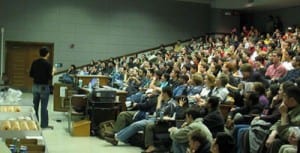
Looking at current digital methods for this I have come across several devices that allow students to scan their ID card, the first I came across was a product called AccuTrack. It describes itself as “an electronic replacement of your paper sign-in sheets” which is exactly the platform I was looking for. However, although this certain platform is useful actually the product itself is too long winded. This electronic box wants students to scan their card twice. Once on the way in, and once on the way out. This is because this device was intentionally created for passing visitors in centres or places for meetings so that they can also track the length of time that someone has stayed for. It also uses a computer and gives the options to students to either sign in via the computer or to use the barcode scanner instead. After finding this product I then knew I was on the right track for what I wanted to find, this just wasn’t the right product for me.
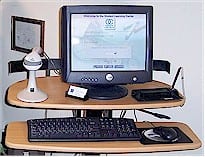
I’m wanting create/improve upon an already similar electronic device that students can become interactive with when signing into lectures. This idea is primarily for university students because of the big scaled attendance for lectures. Perhaps to stop students signing each other in with their ID cards then possibly we need to set up a system in which the ID card is scanned and then a fingerprint can be taken. I know that for many work places now they have implemented fingerprint recognition to control attendance of the employees. So why can’t we do that within education too? Especially when trying to keep track of attendance of large groups of people, you need something that is trustworthy and a product that will try to stop students from faking their attendance to class.
Vizual Management Solutions are a company that have created their own fingerprint clocking in system. This system is primarily used for workplaces however its the right type of device that could be used in future lecture rooms because of the benefits of the product. 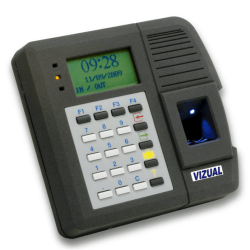
A few of the benefits listed of the product are as follows:
– A secure and reliable way of recording employee (or student) attendance using biometric technology.
– It eliminates buddy clocking as it is impossible for an employee (or student) to clock in for a colleague.
– The reading and verification of a finger takes just a few seconds.
For this system to work you must input a unique identification number, which would be easy for students as every student is given their own personal student ID number, each number different to the other. After inputting your identification number then your fingerprint must be scanned. This service could be put onto an iPhone/ smartphone to do personally yourself now that fingerprinting technology is existing on mobile phones, however my problem with this idea is that students could log in when they are at home, if its just an app that you open, log into and then scan to say you’re in the lecture then there is no use in the system existing. The product is used to ensure that students are turn up to lectures to get their attendance, as with this fingerprint recognition product it will ensure that those that don’t come don’t get signed in. This system however, because it is made primarily for work places comes with a system that the electronic box is hooked up to showing shift patterns, and times etc. Improving on this idea I would change the system in place so if I was making it for lecture rooms possibly have the forth coming lectures in that room, saying the times, what subject and teacher etc for then for lecturers to come in, sign in and then open up the register for students to sign in on the fingerprint recognition system.
Looking at both of these products (Vizual and Accutrack) I am able to recognise that these products hold elements in each that I would want for my own product. Like Accutrack I appreciate the idea of being able to electronically scan your ID card to keep track of attendance however a problem with this is that students could just not turn up and give their friends their ID cards to scan for them. This is why I have also introduced fingerprint recognition. Merging both the ID scanner from Accutrack and the fingerprint recognition from Vizual can create a new product that is beneficial for universities in lecture halls.
